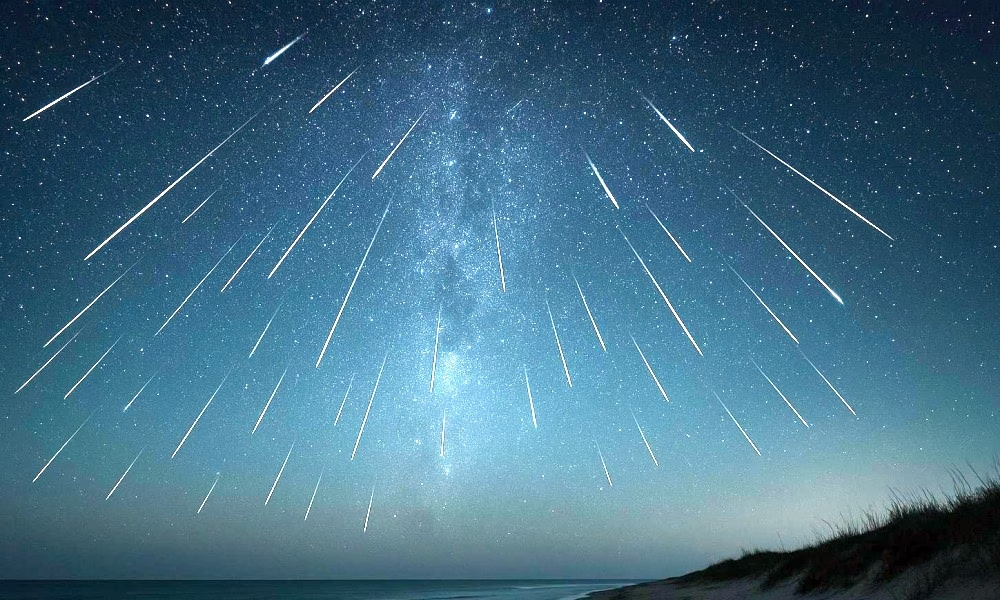
October 2025 is shaping up as a stellar month — from a luminous supermoon to meteor showers, planetary pairings, and comet views. As autumn deepens and nights grow longer, October 2025 offers a treasure trove of astronomical spectacles. Whether you’re an experienced stargazer or simply someone who enjoys gazing skyward, here’s what to look for this month:
Moon Phases and the Super Harvest Moon
- Full Moon / Super Harvest Moon: October 7 — This full moon appears larger and brighter than usual, thanks to the Moon being near perigee (its closest approach to Earth).
- Last Quarter: October 13
- New Moon: October 21 — A prime night for deep-sky observing, with minimal moonlight interference.
- First Quarter: October 29
Meteor Showers
Draconids (October 6–10)
The Draconid meteor shower, usually modest, is expected to produce a brief outburst around October 8, with possible rates reaching up to 400 meteors per hour under dark skies. The radiant lies in the constellation Draco, and the best viewing time is soon after dusk.
Orionids (Peak October 20–21)
The Orionid shower, associated with Halley’s Comet, peaks right around the new moon — offering excellent dark-sky conditions. Expect up to 20 meteors per hour under ideal conditions.
Additional minor showers include the Camelopardalids, Delta Aurigids, Southern Taurids, and Leonis Minorids.
Planets, Conjunctions and Deep Sky
- Mercury reaches greatest eastern elongation on October 29, making it one of the better evenings to catch it in twilight skies.
- Early in the month, the Moon will pass near Saturn and Neptune offering lovely close-approach views.
- On October 13, the Moon will be near Jupiter in the predawn sky.
- On October 19, the Moon and Venus will have a conjunction — a charming pairing to catch just before dawn.
- Dwarf planet Ceres will hit peak brightness this month, making it a rewarding target for observers with modest telescopes.
- Galaxy viewing is also favorable: the skies this month favor views of the Triangulum Galaxy and other deep-sky objects once the moon sets.
Bonus Notes and Tips
- World Space Week runs October 4–10, celebrated globally as a time to explore and promote space science.
- Because the Orionid peak occurs near new moon, this is one of the better meteor-watching windows of the year.
- Comet C/2025 A6 (Lemmon) is expected to have a close approach to Earth around October 21. It may become bright enough to spot (magnitude 2.5–4) in binoculars or dark skies.
- Try to find a location with dark, unobstructed horizons and allow your eyes to adjust for at least 20 minutes. The best meteor viewing generally occurs between midnight and dawn.
- Use planetarium apps or star maps to track the moon’s motion relative to planets and constellations.
.





Tom
October 3, 2025 at 11:59 amInteresting article.